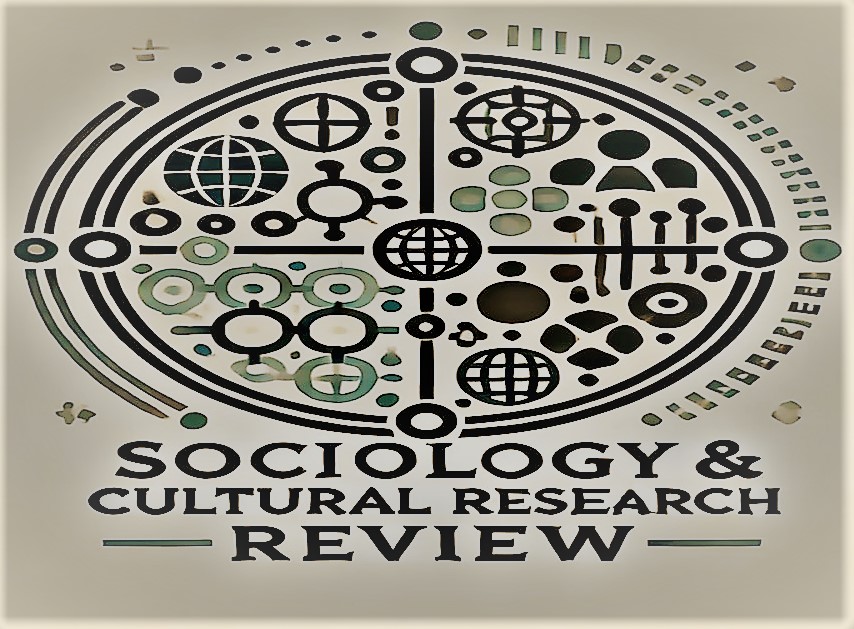The Khanqah System: An Analytical Study of its Origins, Development, and Features
Abstract
The study explores the Khanqah system, a cornerstone of Sufi tradition, focusing on its origins, evolution, and key features. Khanqahs (Sufi lodges) served as spiritual, educational, and social hubs, playing a pivotal role in spreading Islam, particularly in South Asia. The paper highlights the contributions of Sufi saints like Khwaja Moinuddin Chishti and Nizamuddin Auliya, whose Khanqahs attracted millions to Islam through teachings of love, peace, and inclusivity. The Khanqah system emerged as a parallel spiritual governance alongside temporal rulers, emphasizing inner purity and divine connection. It comprised three core components: 1) Taaam Gaah (community kitchen), 2) Qiyam Gaah (residence for seekers), and 3) Kalaam Gaah (discourse space) all fostering unity across class and creed. Over time, the system faced decline due to corruption, sectarianism, and weakened ties with scholars, yet its legacy endures in promoting interfaith harmony and moral upliftment. The study also critiques modern distortions of Khanqahs, contrasting them with Egypt’s thriving Sufi lodges, which maintain rigorous spiritual practices, education, and social welfare.
Keywords: Khanqah System, Sufism, Spiritual Governance, Khwaja Moinuddin Chishti, Taaam Gaah, Qiyam Gaah, Kalaam Gaah, Revival, Interfaith Harmony, Social Welfare




